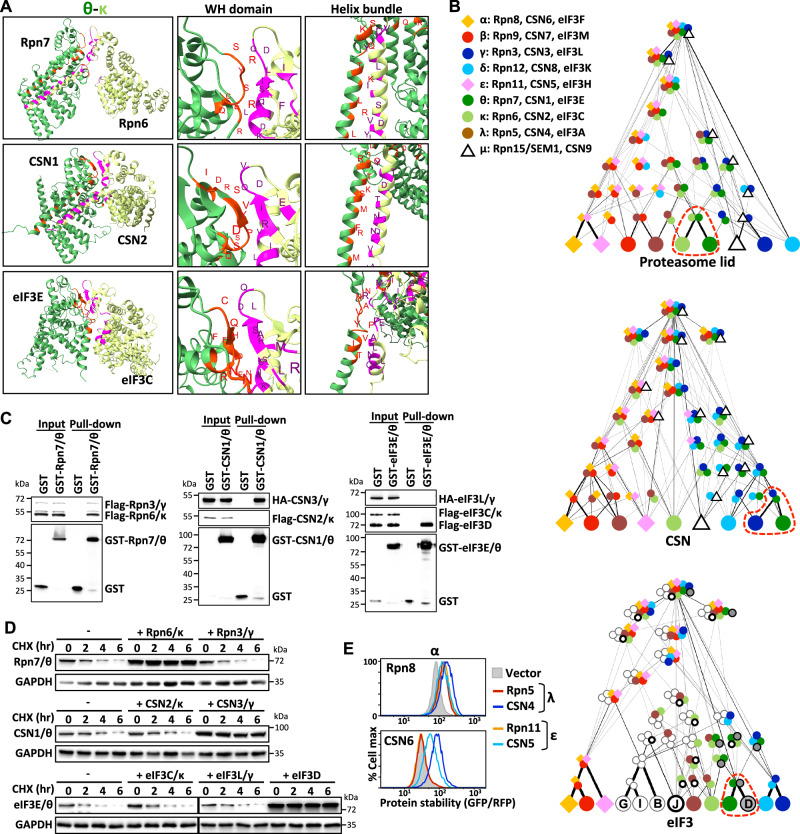Fig. 4. Divergent assembly strategies adopted by PCI complexes.
A The binding interface between the θ and κ subunits of PCI complexes (PDB: 5L4K, 4D10, 6YBD). Residues of the θ and κ subunits involved in the binding interface are labeled red and magenta, respectively. B Comparison of the assembly process of PCI complexes based on their cooperative stabilization interactions. The assembly process of each complex is presented as a DAG, in which nodes are subunits/subcomplexes and edges are interactions between two partners. The edges have been weighted according to the frequencies at which they occurred within the top-ranking assembly trees. Red dashed circles mark the preferred assembly partner of the θ subunit at the initial assembly step. C GST pull-down analysis of the θ (Rpn7/CSN1/eIF3E) subunit of the proteasome lid, CSN and eIF3 complexes. Blots are representative of three independent experiments. D CHX-chase analysis of the θ (Rpn7/CSN1/eIF3E) subunits with/without κ (Rpn6/CSN2/eIF3C), γ (Rpn5/CSN4/eIF3A) or eIF3D co-expression. GAPDH serves as a loading control. Blots are representative of three independent experiments. E Cross-complex interactions between α and λ or ε paralogs. Source data are provided as a source data file.

